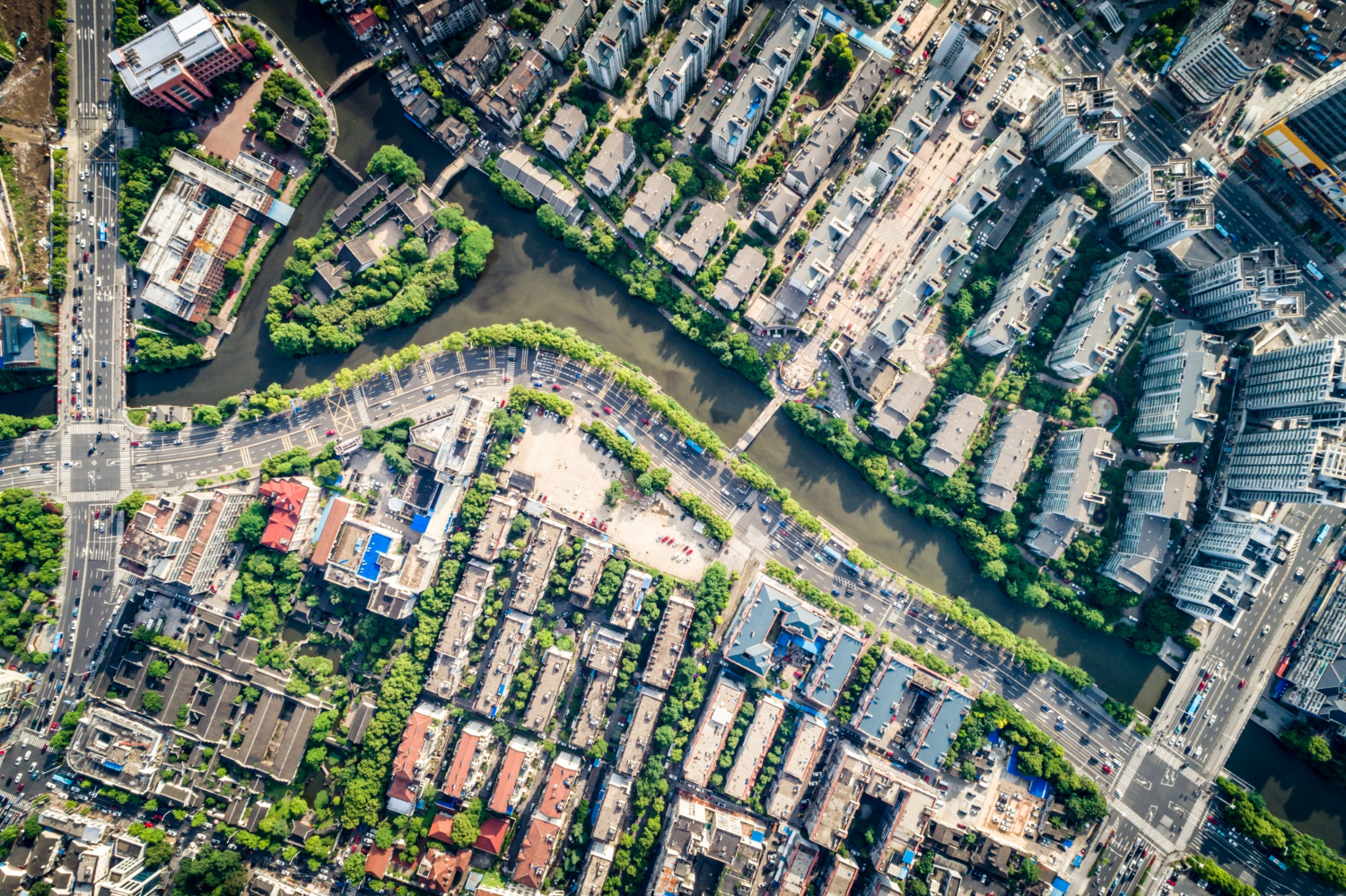Flooding is the most common and costly natural disaster in the United States—yet it’s also one of the most misunderstood when it comes to insurance coverage. Many homeowners assume they’re safe if they don’t live near a body of water, or that their homeowners insurance will cover flood damage. Unfortunately, both assumptions can lead to costly surprises.
The key question to ask is: Am I in a flood zone? And even if the answer is “no,” does that mean you’re not at risk? Let’s explore how to find out your flood risk and what that means for your insurance needs.
What Is a Flood Zone?
A flood zone is a geographic area that the Federal Emergency Management Agency (FEMA) has classified according to its risk of flooding. These zones are used to determine:
-
Flood insurance requirements
-
Building and zoning codes
-
Emergency preparedness plans
FEMA categorizes flood zones into different types based on the level of risk:
High-Risk Zones
These are labeled as Zone A, AE, AH, AO, A1–A30, or VE.
-
These areas have a 1% annual chance of flooding (also known as the “100-year floodplain”).
-
Homeowners in these zones with federally backed mortgages are required to carry flood insurance.
Moderate- to Low-Risk Zones
These are labeled as Zone B, C, or X.
-
These areas have a lower risk of flooding, but the risk is not zero.
-
Flood insurance is not federally required but is highly recommended.
How to Find Out If You’re in a Flood Zone
You can check your property’s flood zone by using FEMA’s Flood Map Service Center:
Visit: msc.fema.gov
Here’s how:
-
Enter your address in the search bar.
-
Review the flood map for your area.
-
Look for the flood zone designation and base flood elevation data.
Alternatively, your local city or county planning department or a licensed insurance agent can help you interpret flood maps.
Why Low-Risk Doesn’t Mean No Risk
According to FEMA, more than 20% of flood insurance claims come from properties outside high-risk flood zones. Flooding can be caused by:
-
Heavy rain or snowmelt
-
Poor drainage systems
-
Hurricanes and tropical storms
-
New construction or land development
Even if you live in a “low-risk” area, climate change and changing weather patterns are increasing the likelihood of unexpected flooding events.
Does Homeowners Insurance Cover Flooding?
In most cases, standard homeowners insurance does NOT cover flood damage. You need a separate flood insurance policy to be protected.
You have two main options:
-
National Flood Insurance Program (NFIP): Backed by FEMA, available through most insurance agents.
-
Private Flood Insurance: May offer higher coverage limits and shorter waiting periods.
NFIP policies have a 30-day waiting period before coverage takes effect, so it’s important not to wait until a storm is on the horizon to buy.
How Much Flood Insurance Do You Need?
The amount of flood insurance you need depends on:
-
The value of your home and contents
-
Your flood zone classification
-
Mortgage lender requirements
-
Whether you want to cover only the structure, contents, or both
Typical NFIP coverage limits are:
-
$250,000 for the building
-
$100,000 for contents
Private insurers may offer higher limits and additional options, such as coverage for basements, temporary housing, or detached structures.
Tips for Managing Flood Risk
-
Know your zone: Don’t guess—check FEMA’s map and talk to your local officials.
-
Buy early: Don’t wait for a flood warning; remember the 30-day waiting period.
-
Consider elevation: Homes built above the base flood elevation may qualify for lower premiums.
-
Document your property: Take photos and keep an inventory of your belongings in case you ever need to file a claim.
-
Maintain your property: Clear gutters, install sump pumps, and ensure proper drainage to reduce potential damage.
Flood risk is complex—and it’s not confined to coastal or high-risk areas. Understanding your flood zone and insurance options is one of the smartest financial decisions you can make as a homeowner.
If you’re unsure of your flood risk or whether you need flood insurance, talk to a licensed insurance professional. A small investment in coverage today could save you from devastating losses tomorrow.
